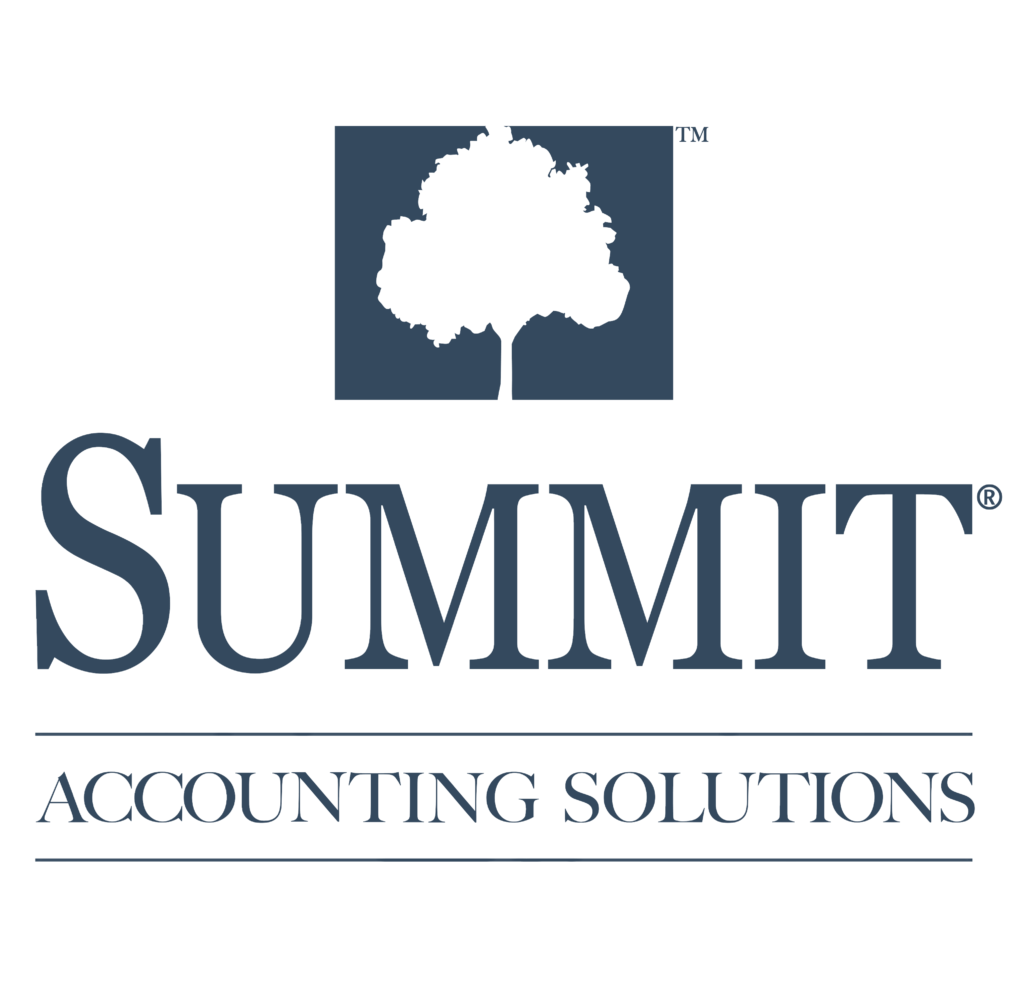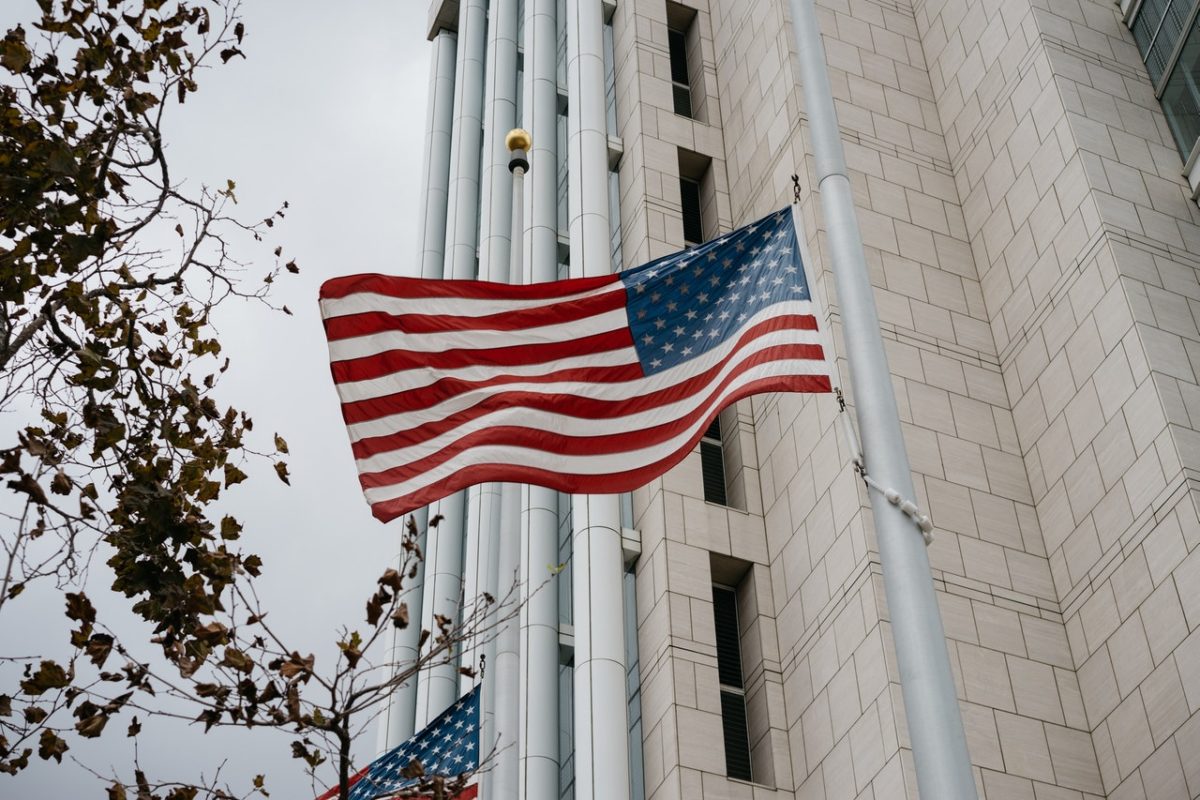Update on COVID-19 business relief
Businesses under the CARES Act stimulus program are provided access to the Economic Injury Disaster Loans (EIDL). This program has traditionally been utilized by small businesses impacted by natural disasters such as hurricanes, tornadoes or widespread fires. The recent CARES Act expanded the definition of a “disaster” to include national health emergencies and loosened some of the normal EIDL qualification requirements allowing many small businesses to access the program to obtain emergency liquidity during the pandemic.
There are two components to the EIDL. The grant (also known as the advance) and the loan itself. Many businesses have already received the grant and are currently being offered the loan. Below is a description of the two components.
EIDL GRANTS
The CARES Act added to the EIDL program a one-time emergency grant of $1,000 per employee, up to a maximum of $10,000. It is important to note that if you also received the PPP loan, the EIDL grant will reduce the forgivable portion of the PPP loan dollar for dollar.
At this point, there are no clear stipulations as to the use of the EIDL grant funds. It is believed that these funds can be used for any of the EIDL allowable uses referenced below.
EIDL LOANS
The EIDL loan program authorizes each borrower to qualify for a loan up to $150,000, as determined by the SBA. Repayment terms on the loans are over a 30-year term at 3.75%. This makes it an attractive option for small businesses to have access to additional liquidity and reduce the cash flow burden as they begin to rebuild their business. In addition, the loan contains a 12-month payment deferral beginning on the loan date. There is no prepayment penalty on an EIDL loan should you have the ability to repay the loan sooner than the full 30-year term. Additional EIDL loan considerations that you may want to consider before obtaining the funds:
- Require a personal guarantee and are backed by collateral of the business for amounts over $25,000. Collateral includes tangible and intangible equipment (including inventory and fixed assets)
- Borrowers under the EIDL cannot sell, lease, license or transfer any of the collateralized items without prior written approval from the SBA.
- Businesses would also need SBA approval to reorganize, merge or consolidate ownership, including adding or removing a partner or shareholder
- Borrowers risk defaulting on the disaster loan if these terms are breached, meaning among other things, that the loan would become immediately payable.
- Collateral also can’t be used primarily for personal, family or household purposes. For example, those with company-owned cars that are also used for personal reasons could run afoul.
- Some interpretations have proposed that during the EIDL loan period, shareholder distributions may need to be suspended. This could put a great strain on businesses that rely on distributions to pass earnings through to owners.
Uses of EIDL Proceeds
EIDL proceeds can be used for general operating expenses for your business. This could include purchases of supplies, including personal protective equipment (PPE), lab expenses, advertising, regular loan principal payments and other fixed expenses.
EIDL funds cannot be used for physical repairs, expansion of physical facilities, acquisition of fixed assets, bonuses, owner distributions (non-performance related) or refinancing existing debt.
Additional limitations exist if you have also received a PPP loan, as the SBA guidelines state that PPP and EIDL disbursements cannot be used for the same purpose. Therefore, a borrower with a PPP loan cannot use EIDL proceeds for PPP qualified expenses which may include payroll costs (including employer retirement contributions and employer group health premiums), rent, utilities or loan interest.
Other Considerations
It is recommend that any EIDL loan proceeds be segregated in a separate account, apart from operating accounts and PPP accounts. Similar to the PPP, documentation and support for the use of EIDL funds is essential. Ensure you are keeping clean records and receipts in the event you need to provide this documentation to the SBA. As of now, there is no guidance on what type of reporting the SBA might require from borrowers. It is possible that reviewed financial statements might be required, which are more costly to the business than compilation statements, which many businesses currently receive.
The EIDL program is an excellent way for business owners to obtain liquidity and have some cash flow flexibility during an uncertain time. However, before a decision is made on whether to acquire the loan proceeds a review of the above items should be considered.
As a reminder, the recommendations presented above are based on what we know now. SBA guidance on these topics is limited and additional clarifying guidance is expected to be released soon.
As always, feel free to reach out to any of us on your Summit Accounting team for clarification on anything above or any other COVID-19 related changes.


